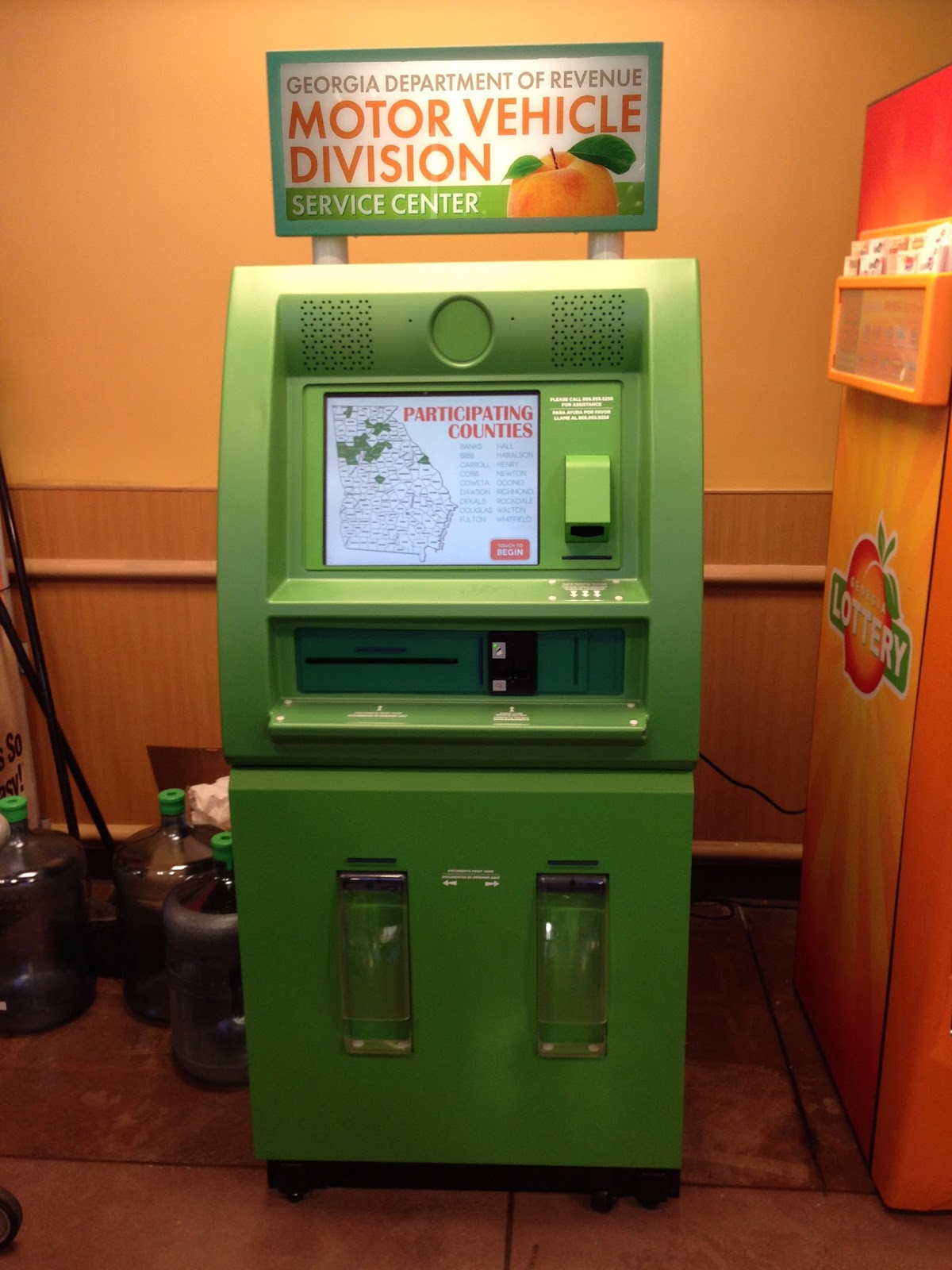In the rapidly evolving digital landscape, the integration of technology into everyday life has become increasingly prevalent. One such innovation is the kiosk tag, a tool designed to enhance user engagement and streamline information access. As businesses strive to improve customer experiences, kiosk tags have emerged as a powerful solution for various industries, from retail to healthcare. This guide delves into the world of kiosk tags, exploring their functionality, benefits, and the myriad ways they can transform interactions.
Understanding the essence of kiosk tags is crucial for anyone looking to harness their potential. These tags are typically embedded in kiosks, allowing users to access information, services, or products quickly and efficiently. By leveraging kiosk tags, businesses can provide customers with real-time data and personalized experiences, ultimately leading to increased satisfaction and loyalty. In an age where information is just a click away, kiosk tags serve as a bridge between technology and user needs, making them indispensable in modern business strategies.
Moreover, the growing demand for self-service solutions has further propelled the popularity of kiosk tags. Consumers are increasingly seeking convenience and autonomy in their interactions with brands, and kiosk tags cater to this desire. Whether it's checking in at a doctor's office, placing an order at a restaurant, or accessing information at an airport, kiosk tags play a vital role in facilitating seamless processes. As we explore the various facets of kiosk tags, it becomes clear that they are more than just a technological advancement; they are a key component in enhancing the overall customer experience.
What is a Kiosk Tag?
A kiosk tag is a digital tool that allows users to interact with self-service kiosks efficiently. These tags can vary in design and functionality but generally serve to provide essential information or facilitate specific actions within the kiosk environment. By utilizing QR codes, NFC technology, or digital displays, kiosk tags enhance user engagement and simplify processes.
How Do Kiosk Tags Work?
Kiosk tags work by connecting users to digital content or services through various technologies. Here’s how they typically function:
- Scanning QR Codes: Users can scan a QR code displayed on the kiosk to access related information or services on their smartphones.
- NFC Technology: Near Field Communication (NFC) allows users to tap their devices on the kiosk tag to trigger specific actions, such as making payments or retrieving information.
- Touchscreen Interactions: Users can navigate through menus and options directly on the kiosk's touchscreen, guided by the kiosk tag.
What Are the Benefits of Kiosk Tags?
Implementing kiosk tags in various industries offers numerous advantages, including:
- Enhanced User Experience: Kiosk tags provide quick access to information, making it easier for users to find what they need.
- Increased Efficiency: By streamlining processes, kiosk tags reduce wait times and improve overall operational efficiency.
- Cost Savings: Kiosk tags can minimize the need for staff assistance, leading to significant cost reductions for businesses.
- Data Collection: Kiosk tags can collect valuable user data, enabling businesses to tailor their offerings based on customer preferences.
Who Can Benefit from Kiosk Tags?
Various industries can benefit from implementing kiosk tags, including:
- Retail: Kiosk tags can streamline the shopping experience and provide customers with product information.
- Healthcare: Kiosk tags simplify patient check-ins and provide essential health information.
- Hospitality: Hotels can use kiosk tags for efficient check-ins and service requests.
- Transportation: Kiosk tags can assist travelers with ticket purchases and real-time updates.
What Are Some Real-World Examples of Kiosk Tags?
Numerous organizations have successfully implemented kiosk tags, showcasing their versatility:
1. Airports
Airports utilize kiosk tags for check-in processes, allowing passengers to quickly retrieve boarding passes and check luggage.
2. Restaurants
Many restaurants employ kiosk tags for ordering and payment, reducing wait times and enhancing customer satisfaction.
3. Hospitals
Hospitals implement kiosk tags for patient registration and check-in, ensuring a smoother experience for both patients and staff.
4. Retail Stores
Retailers use kiosk tags to provide product details, promotions, and even self-checkout options, improving the shopping experience.
What Challenges Do Kiosk Tags Face?
Despite their numerous benefits, kiosk tags also face challenges that must be addressed for successful implementation:
- Technology Adoption: Some users may be hesitant to adopt new technologies, potentially limiting the effectiveness of kiosk tags.
- Maintenance and Support: Regular maintenance is crucial to ensure kiosk tags function correctly and meet user needs.
- Data Security: Protecting user data is paramount; businesses must implement robust security measures to safeguard information.
How Can Businesses Implement Kiosk Tags Effectively?
For businesses looking to implement kiosk tags successfully, consider the following strategies:
- Conduct User Research: Understand your target audience's needs and preferences to tailor your kiosk tag offerings.
- Choose the Right Technology: Select the appropriate technology for your kiosk tags based on your industry and user demographics.
- Provide Clear Instructions: Ensure users understand how to interact with kiosk tags through clear signage and guidance.
- Gather Feedback: Continuously collect user feedback to identify areas for improvement and enhance the overall experience.
What is the Future of Kiosk Tags?
The future of kiosk tags looks promising, with advancements in technology paving the way for even more innovative solutions. As businesses continue to prioritize customer experience, kiosk tags will likely play an increasingly significant role in shaping interactions. With potential integrations of AI, augmented reality, and enhanced data analytics, kiosk tags will evolve to meet the ever-changing demands of consumers.
Conclusion
In conclusion, kiosk tags represent a transformative tool for enhancing user interactions across various industries. By understanding their functionality, benefits, and implementation strategies, businesses can leverage kiosk tags to create more efficient and satisfying customer experiences. As technology continues to evolve, the potential for kiosk tags will only grow, making them an essential component of modern business strategies.
Discover The Charm Of Stonybrook Motel & Lodge Franconia
Unleashing Creativity At Brooklyn Comic Con: An Epic Celebration Of Pop Culture
Explore The Magic Of Movies At Belton 8 Theater


